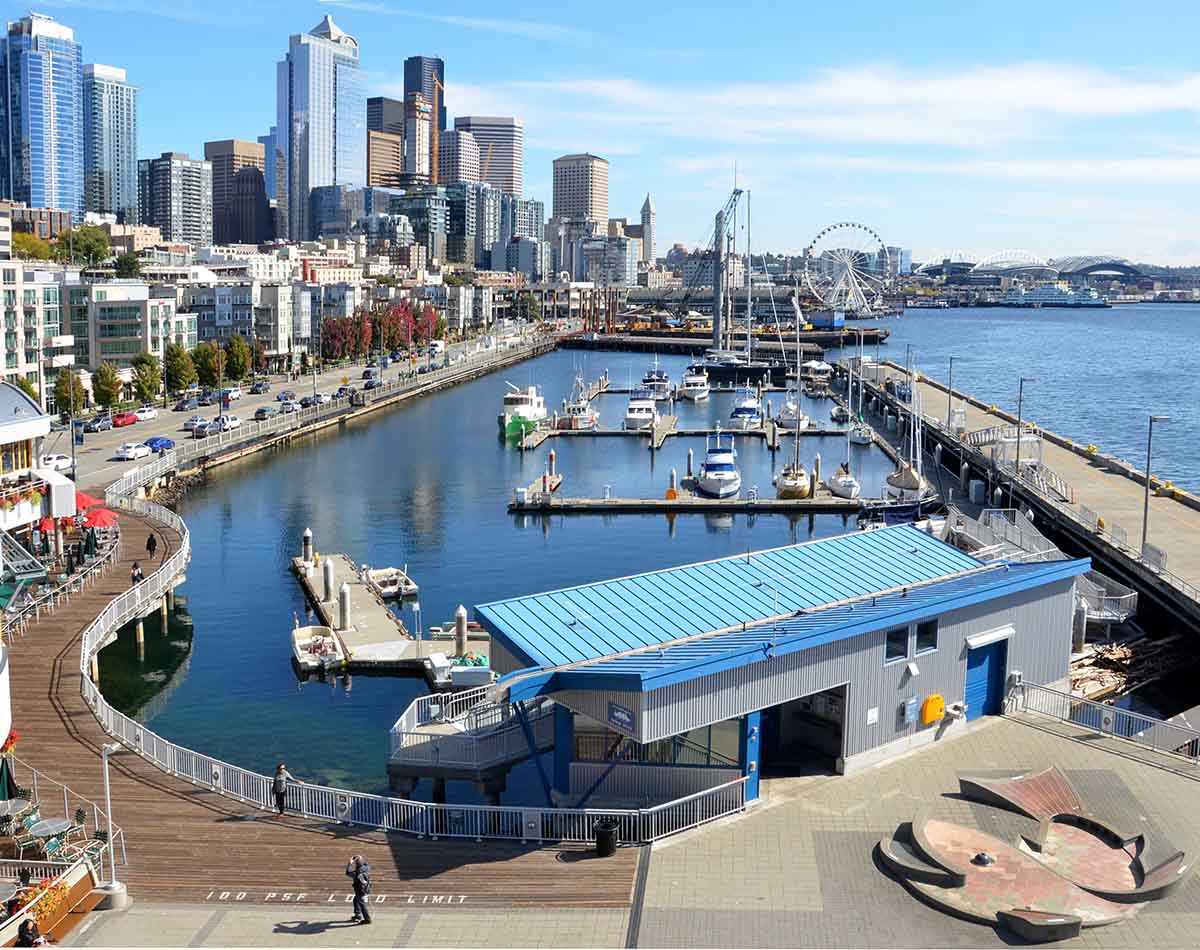Why Reducing Carbon Emissions Is Now a Business Decision
✨ Key Points
As a New York City property manager or building owner, the phrase “Local Law 97” likely brings one thing to mind: cost.
You’re concerned about how this sweeping legislation will impact your operating budget, and you’re not alone.
The potential for steep financial penalties is real, but understanding the exact risk can feel overwhelming.
This guide is designed to cut through the complexity.
We will break down the specific, dollar-for-dollar penalties for non-compliance to give you a clear picture of your building’s financial exposure.
Local Law 97 exists for a critical reason: more than two-thirds of New York City’s greenhouse gas emissions come from the building sector.
By understanding the costs of inaction, you can make informed decisions to protect your assets and plan a proactive compliance strategy.
Key Takeaways
- The primary penalty for non-compliance is a steep fine of $268 for every metric ton of CO2e your building emits over its annual limit.
- Failing to file your annual emissions report results in a separate, accumulating penalty of $0.50 per building square foot, per month.
- The compliance challenge grows significantly after the first period, as emissions limits become much stricter in 2030.
- The essential first step to avoid these costs is to get a professional compliance assessment to understand your building’s specific emissions profile and obligations.
What is NYC Local Law 97 (in Plain English)?
Local Law 97 is a cornerstone of New York City’s ambitious Climate Mobilization Act.
Its goal is to drastically reduce greenhouse gas (GHG) emissions from the city’s largest buildings, which are the primary contributors to its carbon footprint.
The law applies to most commercial and multifamily buildings with a gross floor area exceeding 25,000 square feet.
The core requirement is straightforward: covered buildings must meet specific annual carbon emissions limits.
These limits, or caps, are determined by the building’s property type and size, creating a unique target for each property.
This isn’t a temporary measure.
It’s a foundational piece of the city’s long-term environmental strategy.
The law is designed to push NYC toward its official goals of a 40% city-wide emissions reduction by 2030 and an 80% reduction by 2050.
For building owners, this means compliance is not a “one and done” task but an ongoing operational imperative.
Your First Step to Avoiding Fines and Taking Control
Calculating these potential penalties can be alarming, as fines can easily reach tens or even hundreds of thousands of dollars annually.
You cannot create an effective plan until you understand your building’s current emissions profile and identify your specific compliance gap.
Gaining this clarity is the most important first step.
The first step to avoiding these costs and securing your building’s financial future is to understand your current emissions profile.
Getting a professional, no-cost compliance assessment can provide a clear roadmap for what needs to be done.
To take control of your building’s energy future, get a free compliance assessment designed to help you meet NYC Local Law 97 requirements and start building your strategy today.
Don’t Get Complacent: Why 2030 Poses a Bigger Threat
The first compliance period for Local Law 97 runs from 2024 to 2029. While many building owners are focused on meeting these initial targets, it’s a mistake to view this as the only hurdle.
The law was designed with progressively stricter limits to ensure the city meets its long-term goals.
Starting in 2030, the emissions limits will drop significantly for nearly every property type.
This means many buildings that are compliant today will find themselves facing substantial penalties in the next phase if they don’t take proactive steps now.
The data reveals a looming challenge.
This “compliance cliff” means that a short-term fix is not enough.
A long-term, strategic plan is essential to avoid much larger fines in the future and ensure the continued financial health of your property.
Navigating Compliance: Your Strategic Options
Achieving compliance with Local Law 97 involves more than just filing a report; it requires a strategic plan tailored to your building’s unique characteristics.
Fortunately, there are several established pathways to reduce your carbon footprint and avoid penalties.
Key options include:
- Energy Audits: A comprehensive audit is the foundation of any compliance plan. It identifies where your building is wasting energy and pinpoints the most cost-effective opportunities for improvement.
- System Retrofits: Upgrading outdated systems is often the most impactful step. This can include modernizing HVAC systems, installing energy-efficient LED lighting, improving building insulation, or upgrading windows.
- Distributed Energy Resources (DERs): Exploring options like solar panels or other on-site generation can reduce your reliance on the grid and lower your overall emissions profile.
The law also includes a “Good Faith Efforts” provision, which may offer a temporary safe harbor for owners who have a clear, actionable plan but need more time to complete major retrofits.
Navigating these provisions requires expert guidance to ensure you meet the specific requirements.
Ultimately, these actions should be viewed not as mere expenses but as long-term investments that improve building efficiency, lower operating costs, and increase overall property value.
Conclusion
The message of Local Law 97 is clear: for owners of large buildings in New York City, carbon emissions now have a direct and recurring price tag.
The primary penalties—a $268 per metric ton fine for exceeding your annual limit and a steep monthly fine for failing to file your report—create a significant financial liability.
Ignoring this legislation is not a sustainable strategy. With much stricter emissions limits set to take effect in 2030, the risk of non-compliance will only grow.
Proactive planning is no longer optional; it is a fundamental part of responsible property management in NYC.
The cost of inaction is far greater than the cost of developing a proactive compliance strategy.
The essential first step is to gain a clear understanding of where your building stands today.
By identifying your emissions profile and compliance gap, you can take control of your building’s future and turn a potential liability into a long-term asset.




















